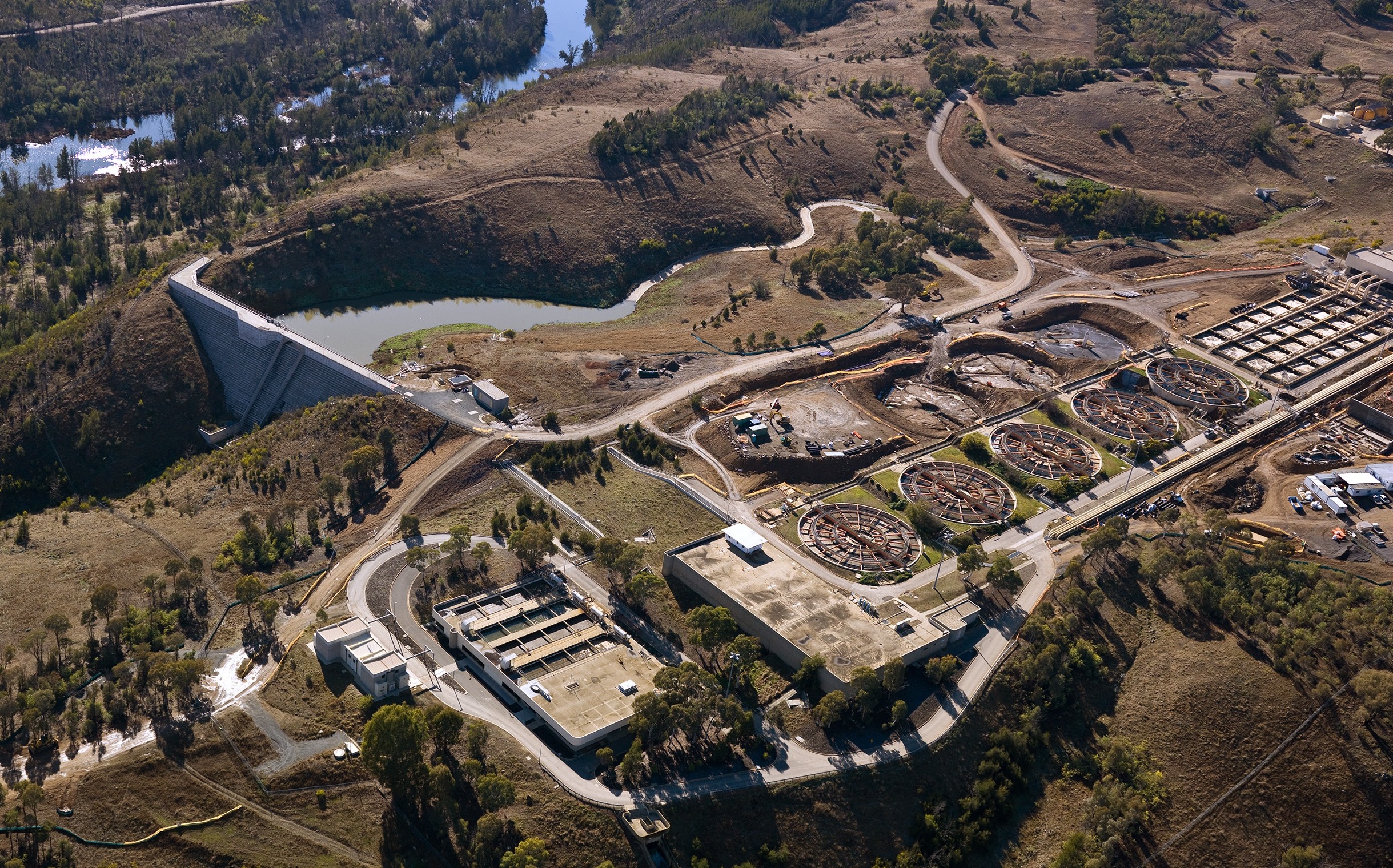Removal of Nitrogen Impurities and Retrieval of Ammonium Salts from Contaminated Water
Economical, efficient, and quick process to remove nitrogen impurities and recover ammonium salts from wastewater
A major challenge for wastewater treatment plants is to find processes that effectively, quickly, and economically remove contaminants/impurities from waste water. This obstacle has steadily become increasingly difficult as the Environmental Protection Agency implements more stringent requirements and restrictions on water filtration. The most common procedures used for this case are precipitation of certain materials, filtration, sedimentation, and ion exchange. However, these procedures often take too long or are simply inefficient. Two preliminary methods that many water treatment plants have adopted are coagulation and/or flocculation; coagulation involves using particles that have the opposite charges of the suspended solids to neutralize the charges and form an aggregate (particles that stick together) and flocculation is a gentle mixing process that causes the particles to become larger by colliding with one another and sticking together. Both of these processes further allow the larger particles to be more easily filtered out by the previous methods listed above. Consequently, there is a growing demand for new coagulants that are cost-effective, highly efficient, non-toxic, made from renewable resources, and reusable/recyclable.
Carboxylated cellulose is an abundant, natural resource that is renewable and recyclable and can be used to remove ammonium and nitrogen-containing impurities from contaminated water. Carboxylated cellulose can be extracted from a raw or untreated biomass using a nitro-oxidation method, and should be made into a form of microfibers and/or nanofibers. The negative charge on the cellulose can be present in the form of these negatively charged functional groups: -COO , -Cl, -Br, -I, -F, -CH2COO, -SO4, or combinations of these. Then, depending on the weight of the contaminated water, a concentration of 0.05% to 1% of the cellulose is needed. This process works for an amount of 1 - 125 ppm of ammonium and nitrogen-containing impurities in water. By exposing the positively charged nitrogen-containing impurities and ammonium ions in the contaminated water to the negatively charged carboxylated cellulose, the charges cancel and an aggregate is formed. The aggregate is then separated from the water, and the ammonium salts can be isolated from the aggregate. The ammonium salts then can further be converted into other ammonium ions such as ammonium phosphates, nitrites, nitrates, or hydroxide. Another implementation of the removal can be to create a fertilizer and fertilizer component. The aggregate removed can serve as a fertilizer and the isolated ammonium salts can serve to be a fertilizer component. Even in the extraction of carboxylated cellulose from a raw or untreated biomass, the nitrogen and oxygen byproducts of that process can be converted to nitrate salts and added to the fertilizer/fertilizer component.
 Source: Nick Pitsas, www.scienceimage.csiro.au/image/11575/lower-molonglo-water-quality-control-centre, CC BY 3.0.
Source: Nick Pitsas, www.scienceimage.csiro.au/image/11575/lower-molonglo-water-quality-control-centre, CC BY 3.0.
Carboxylated cellulose is A natural, abundant, Cost-effective, recyclable, non-toxic, and renewable coagulant. - the process is quick and has A High rate of efficiency. - the ammonium and nitrogen-containing impurities in the form of the aggregate can be used as A fertilizer. even the isolated ammonium salts from the aggregate can be used as A fertilizer component. - the extraction of the cellulose leads To A byproduct of nitrogen and oxygen which can further Assist with the Potential fertilizer that is in the form of the aggregate.
can be used To remove ammonium and nitrogen-containing impurities in contaminated water. - can further be used To also create viable fertilizer and fertilizer components.
Patent application submitted
PCT/US19/48603
Available for Licensing
Development partner,Commercial partner,Licensing
Patent Information:
| App Type |
Country |
Serial No. |
Patent No. |
Patent Status |
File Date |
Issued Date |
Expire Date |
|